Part 2 of a thread on the Comanche, their reign as the horse lords of the Southern Plains, and how they were eventually defeated by the Anglo-Texans. 🧵
(Part 1 👇)

(Part 1 👇)
https://twitter.com/VanDiemen_/status/1773921657331253373?t=gYMKZJrlCk6y3mfW5jgW5Q&s=19

The southern edge of Comanchería was the Balcones Escarpment, or what Texans today generally call the Hill Country, which ran in an arc from roughly Dallas to Austin to San Antonio, and is the point at which the Great Plains fall down into the more fertile Coastal Plains.




As settlers moved into this area in the 1830s, it would become the frontline in the Comanche wars.
As we discussed in Part 1, the Comanche for cultural reasons couldn't help but raid the isolated farmsteads that began popping up.
As we discussed in Part 1, the Comanche for cultural reasons couldn't help but raid the isolated farmsteads that began popping up.

Families were murdered, horses stolen, homes burned, women/children kidnapped. There isn't a recorded instance of a white woman who was kidnapped by Comanches who wasn't gang-raped. Men would be tortured, sometimes staked to the ground facing the sun with their eyelids cut off.
The torture they devised was cruel in the extreme. They cut off the soles of the feet of one man, made him run for miles tied to a horse, then killed him. White girls would have their noses cut off to the bone, scarred with flames, then made to be slaves in camp.
The Comanche never understood why the whites seemed to take this all so personally. War and brutalization was part of life, and they expected to receive the same. But it caused fury and consternation among the Texans who were at a loss as to how to mount an effective response. 
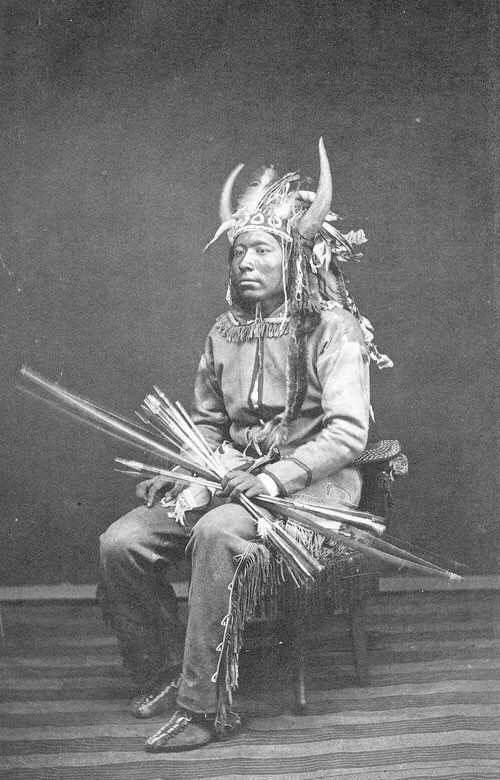
In the US eastern forests, settlers tended to be more clustered together. It was common in Kentucky for a few families to occupy the same holler. So militiamen on foot could fairly quickly be gathered. Abundant lumber also made building strong points easy and cost effective.
But in Texas the homesteads could be up to 50 miles apart, with some isolated ones up to 100 miles from the nearest neighbor. No amount of militia organization or fort building could stop the Comanche from penetrating deep into the Coastal Plains, which they often did. 
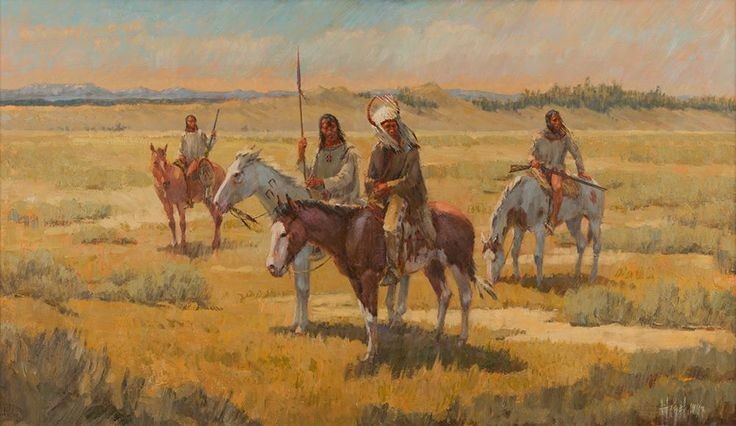
The first thing that needed to be fixed was the horse situation. At the time it was standard for mounted American troops to travel 30 miles/day, with each man riding one horse. Reports that the Comanche could ride 100 miles/day were dismissed as lies by the authorities.
American horses were too delicate for hard riding on the plains so the Texans began selectively breeding horses for durability using the Spanish breeds that were on the Plains mixed with their finest horses out of the Kentucky horse country. 
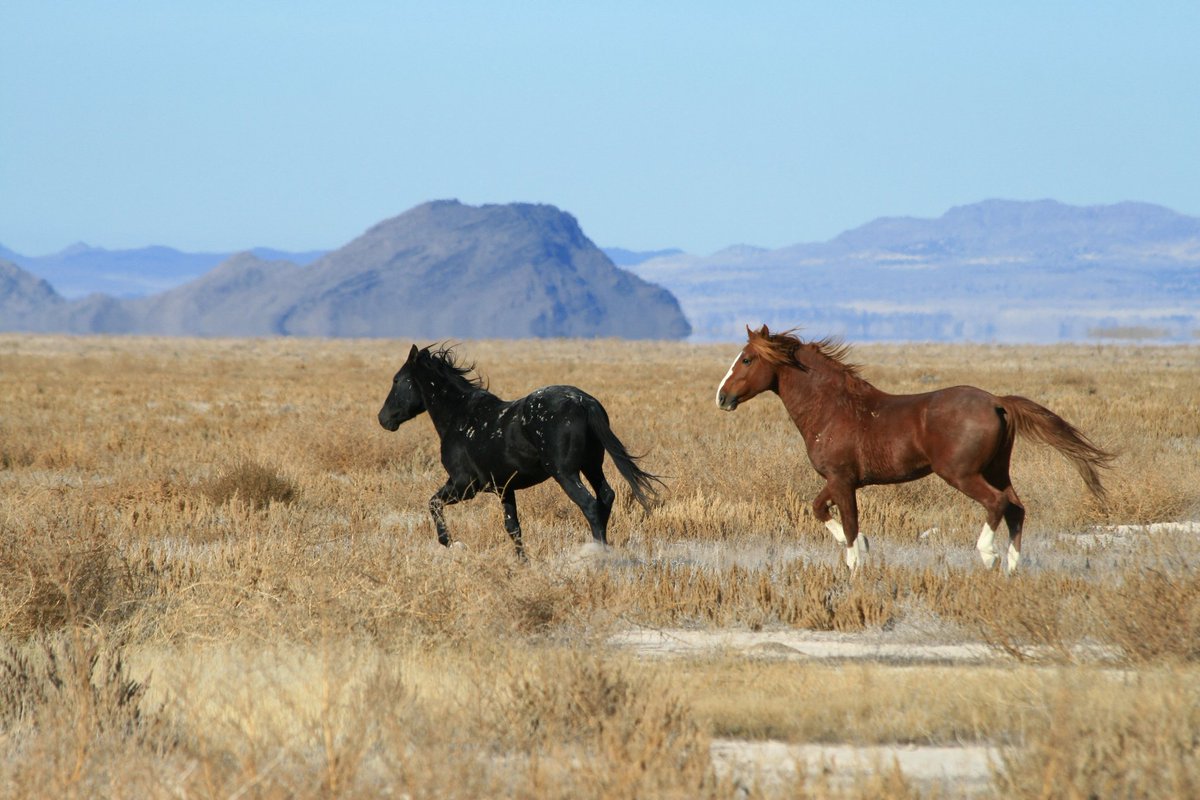
Texans also eventually learned to ride with multiple mounts and were better able to catch up with the Comanche. If the Indians could be engaged then the preferred tactic was to dismount, take cover and fire. All Indian fighters knew about the Indian reluctance to charge. 
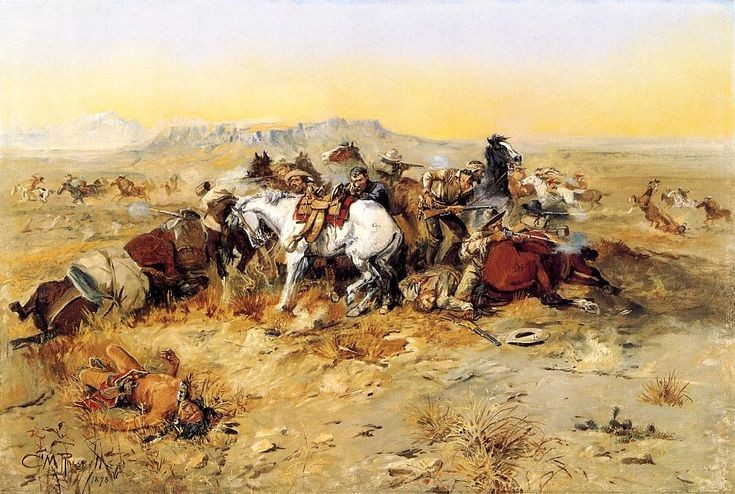
Two big things happened in the 1830s
1. Texas Rangers
2. The introduction of the Colt 5-shot revolver.
Although ranging companies had been informally used in the 1820s, the Texas Rangers were formally created by the Texas legislature to be highly mobile Indian fighters.
1. Texas Rangers
2. The introduction of the Colt 5-shot revolver.
Although ranging companies had been informally used in the 1820s, the Texas Rangers were formally created by the Texas legislature to be highly mobile Indian fighters.
The Rangers deservedly achieved a mythological status in American history. They showed a remarkable frontier adaptability, of necessity adopting many of the same characteristics as their Indian enemies. Speed, stealth, and a capacity for the cold-blooded execution of Indians. 
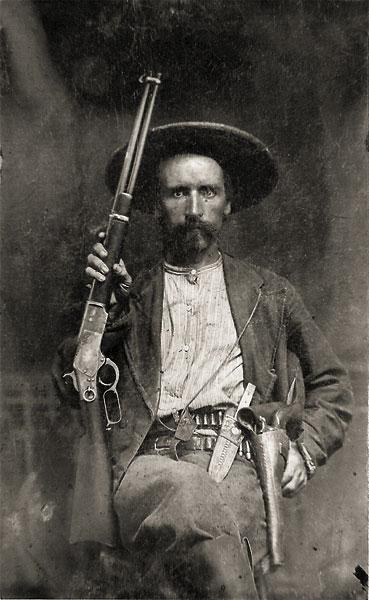
The Paterson Colt 5-shot Revolver quintupled the firepower of the Rangers and gave them the offensive capability they needed. A rider could now gallop right up to the enemy and shoot him point blank, with the confidence of extra shots ready to go if needed. 
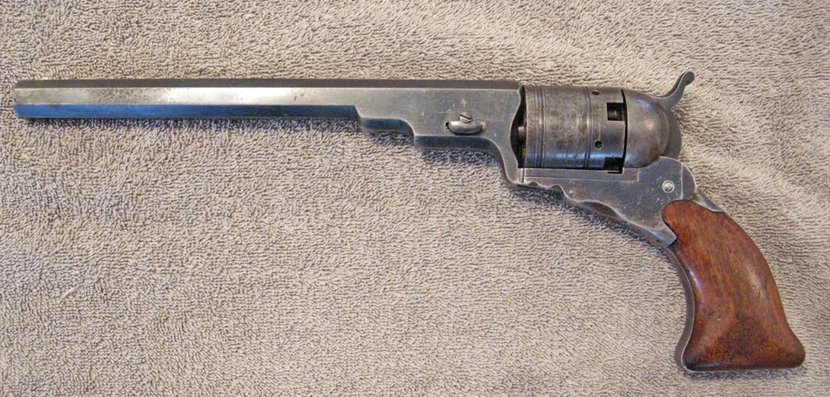
The Paterson revolver needed to be completely disassembled to reload, with each chamber filled with powder by hand. So the first engagements with revolvers usually involved a cavalry charge with each rider firing 5 shots, before retreating to dismount and reload.
But the Rangers practiced reloading from horseback, carried extra loaded chambers with them, or learned to carry two revolvers. The Rangers advised Samuel Colt on design improvements, and by the 1850s the much improved 6-shot Navy revolvers were in standard use. 
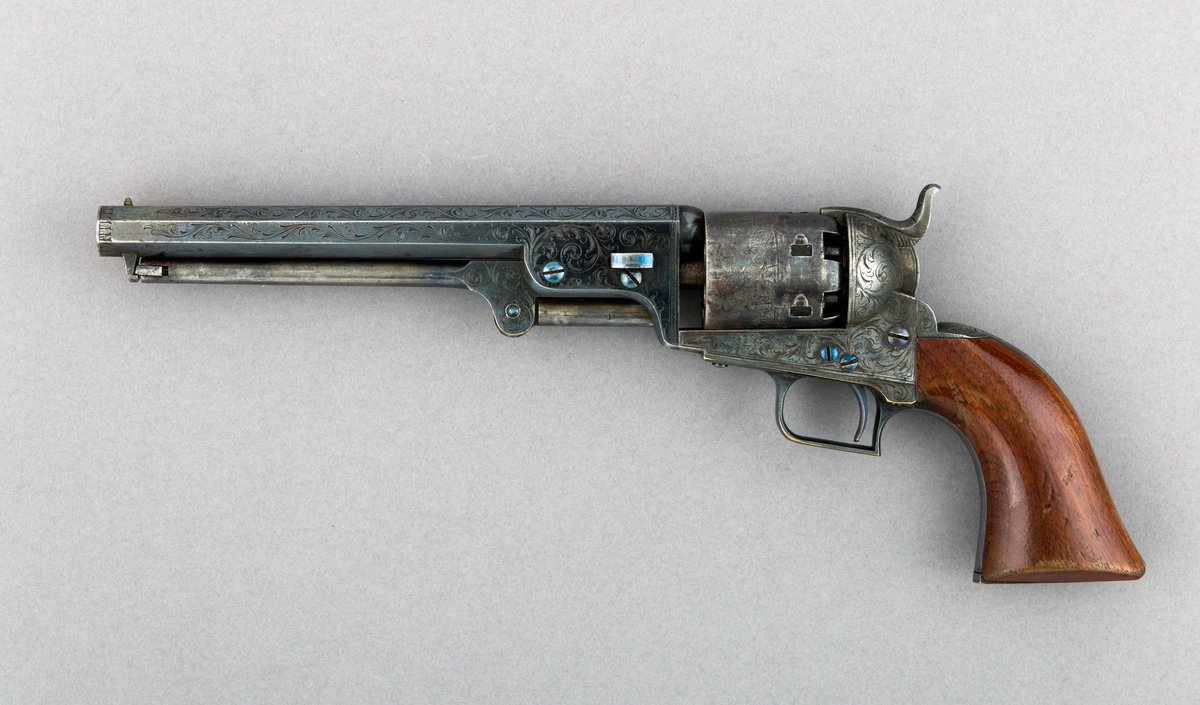
Armed with the right weapons and horses, the Texan companies took the fight deep into Comanchería, ranging far and wide looking for Indiansign. They learned to search the skies for vultures circling buffalo kills. If they crossed a trail, they immediately took up brisk pursuit. 
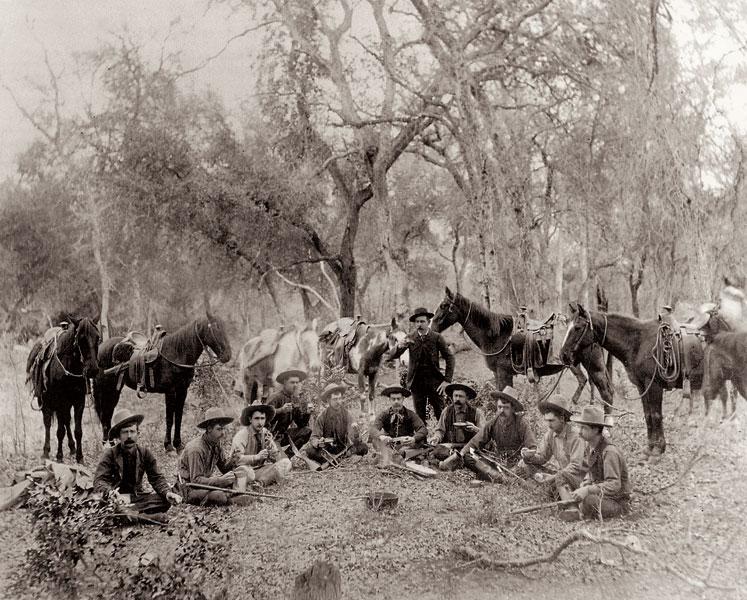
The rangers would move lightly and quietly, no bugles or shouting, with wide screens of Indian allies as scouts. Once a camp of lodges was located, an attack was planned. Routes of escape were cut off, and the rangers would sneak in at night for the massacre. 
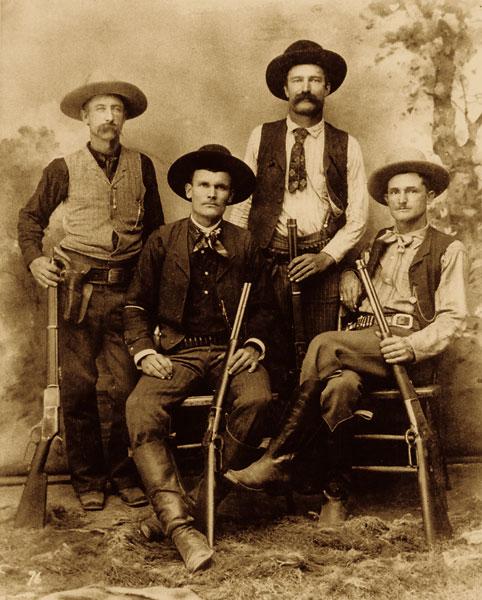
The Comanches had lived unmolested deep in the high plains for generations, so their perpetual weakness was lax camp security. The Texans would surprise the camps Indian-style at night, and rarely spared anyone when on campaign, killing both sexes of all ages. 
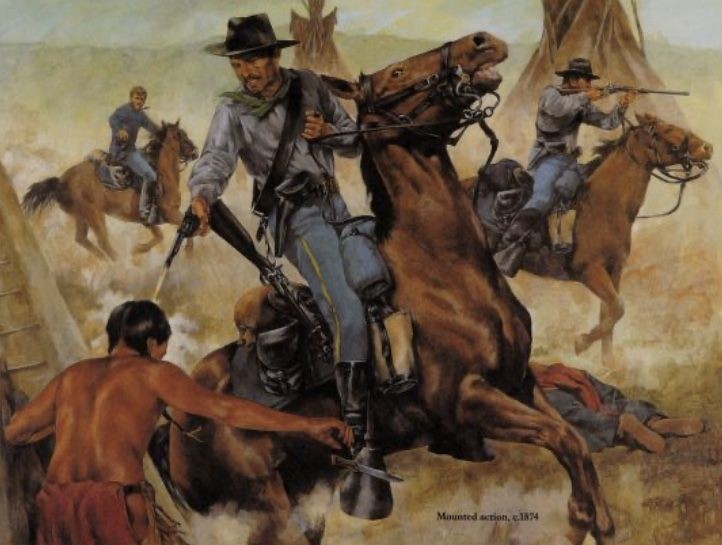
When large bands of warriors were encountered, no matter how outnumbered the Rangers were they were the aggressors. They would ride straight into the mass of Indian warriors, ride alongside them stirrup to stirrup, and blow them out of their saddles with their revolvers. 
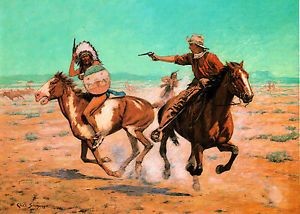
One famous fight occurred in the Indian Territory with a chief called Iron Jacket, named because he wore an old Spanish cuirass into battle.
When the Texan leader was chastised for crossing the Red River, he said "My job was to kill Indians, not learn geography."
When the Texan leader was chastised for crossing the Red River, he said "My job was to kill Indians, not learn geography."
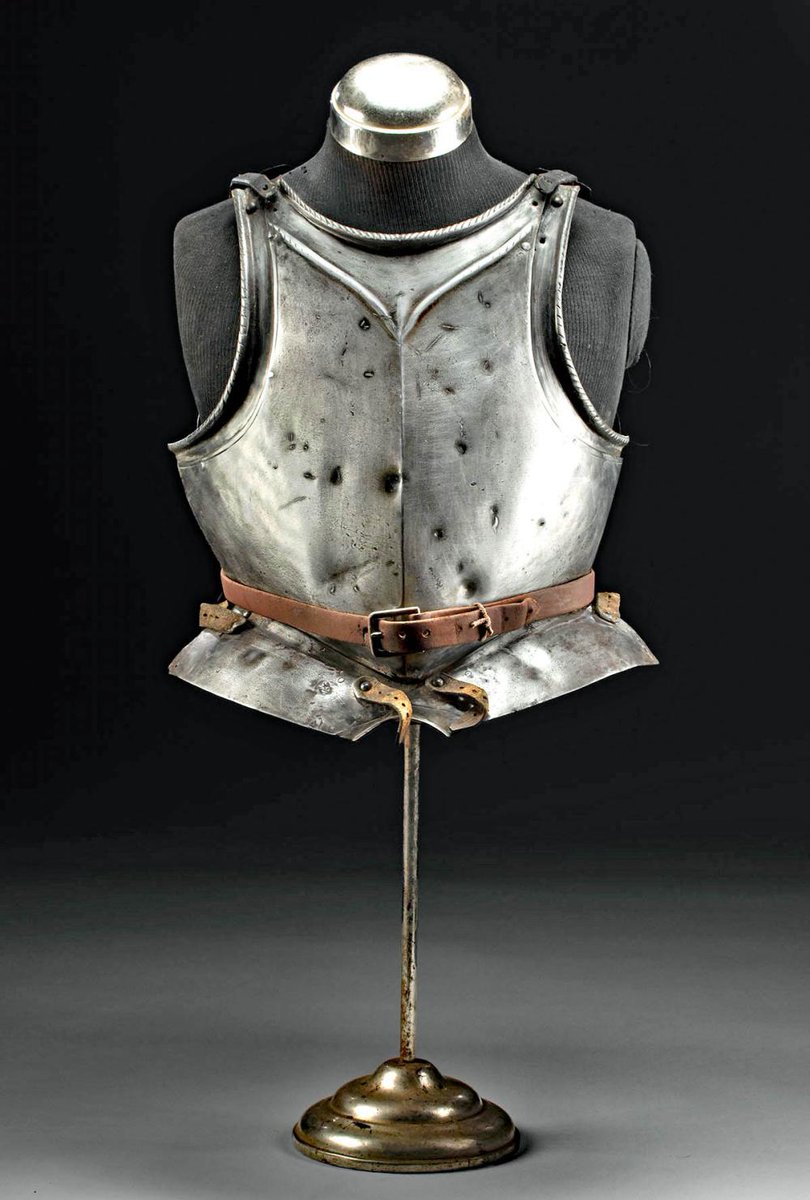
Taking the fight deep into the home country and not distinguishing between combatants and non-combatants, really the only effective anti-guerilla strategy, is what broke the back of the Comanche. By the 1860s most of the Comanche had been reduced by war and disease.
But they had delayed the westward expansion of the Americans for 40 years, the best record of any Indian tribe, when most were lucky to delay encroachment for 10. They built a reputation as the fiercest of the Indian tribes, and were widely respected by those that fought them. 
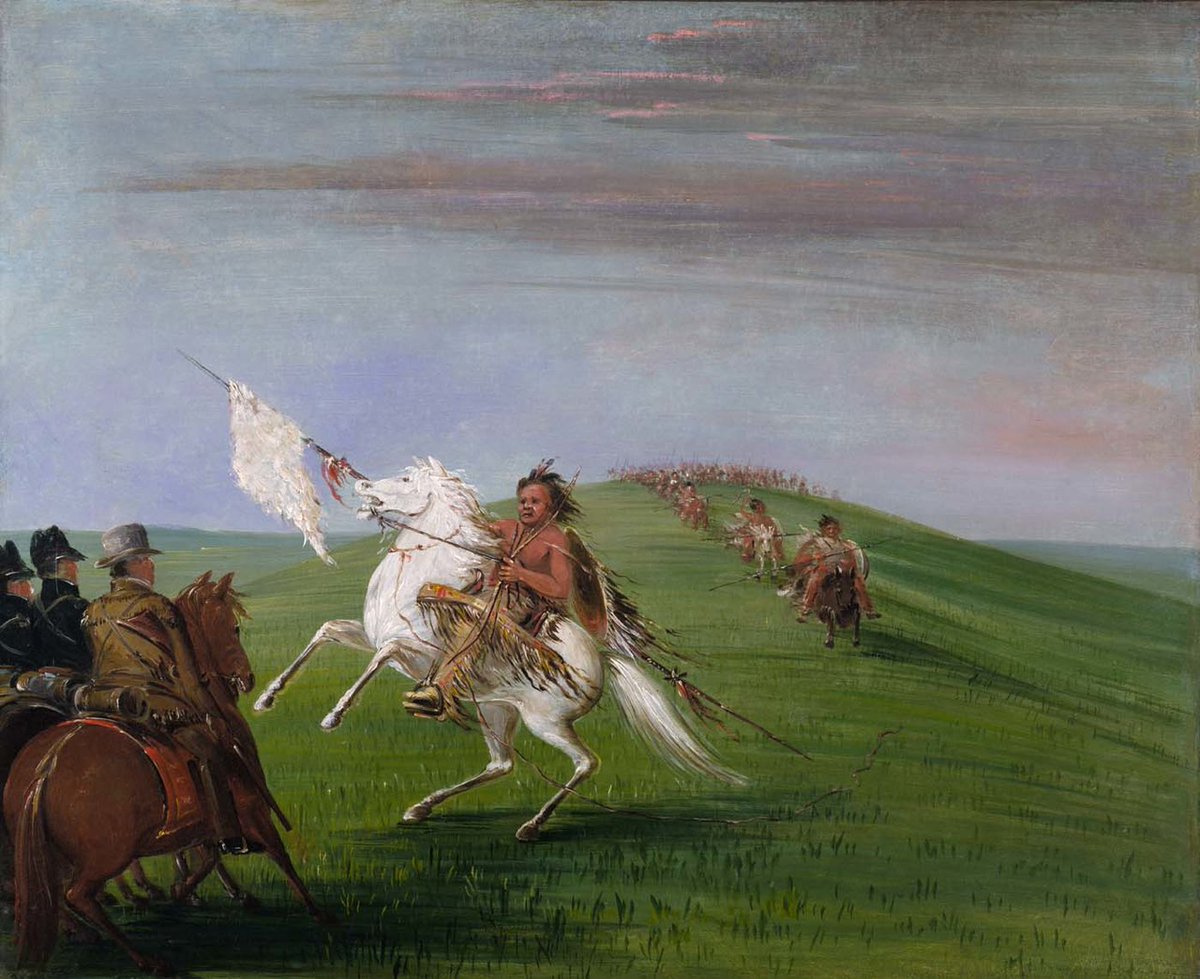
If you'd like to learn more, most of the reading for these threads came from T. R. Fehrenbach's book Comanches.
Let me know what topics you'd be interested in hearing about in the future.
Let me know what topics you'd be interested in hearing about in the future.

• • •
Missing some Tweet in this thread? You can try to
force a refresh


















